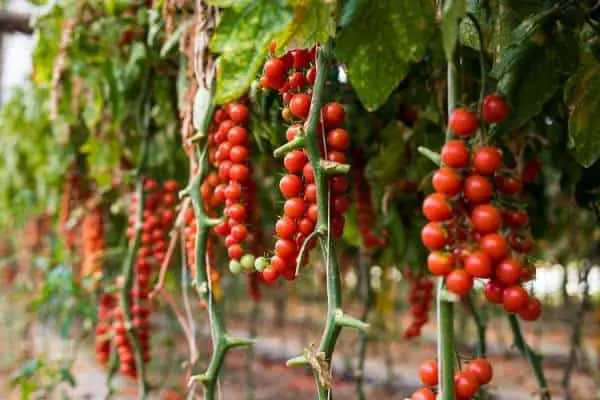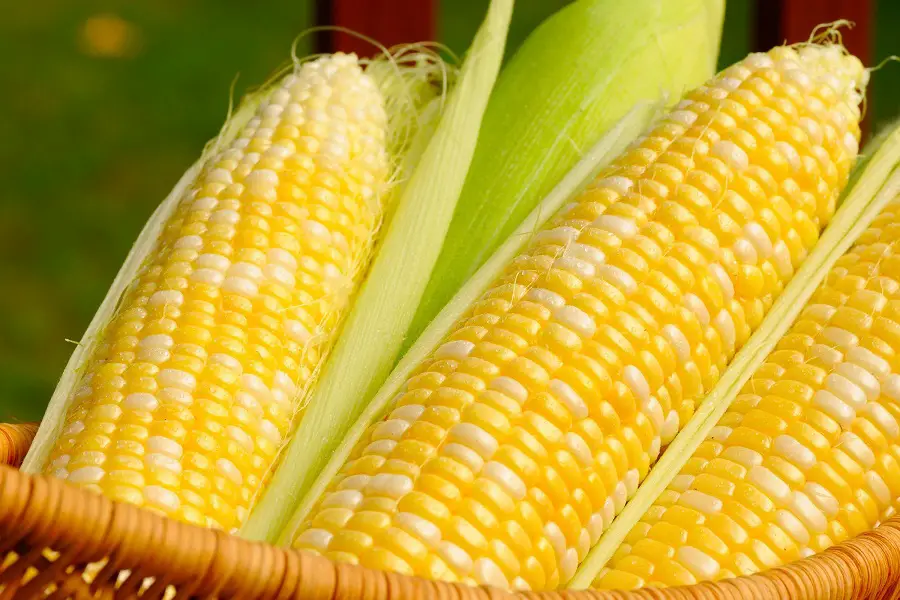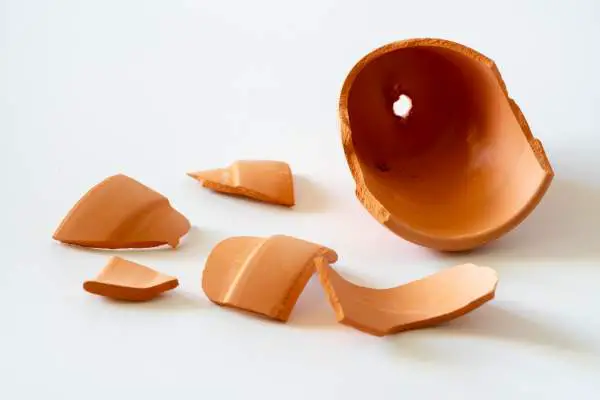It doesn’t matter how experienced a hydroponic grower is, there can be many occasions when they have plant problems that need fixing. This is worse for new gardeners because they may never have faced these issues and wonder how they can fix them.
Here we will look at some of the more common problems, which occur with plants, and how growers can set about tackling them. What are the most common hydroponic plant problems? Some of the most common problems come from diseases, pests, grower mistakes, and problems with the system environment.
Growers are tasked with making sure their plants have the exact amounts of nutrients, water, and light. This goes a long way to make sure there are no deficiencies yet it can still happen without a grower knowing. All of these factors play a very important role, and a grower doing something in response to another action can have a reaction in a very different area.
We will now look at the key problem areas in plants and how you can go about resolving these.
Hydroponic Plant Diseases
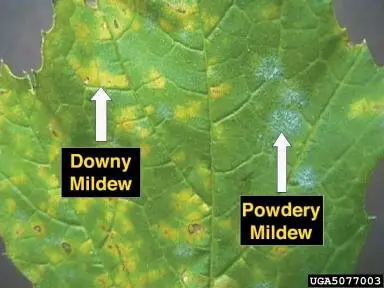
One of the more frightening problems growers face is plants disease. They may think there is little hope and in their mind, they are more than likely thinking of tossing out their entire crop.
In some cases, this may be the case, yet this is in extreme times. Most times, there is something growers can do to resolve the plant disease issue and save their plants.
A grower should already understand that a growing room needs to be a sterile environment, and even entering it in dirty clothes can be enough to trigger some of these diseases. The same goes for necrotic plant tissue that stays in a system. This dead tissue rots and is the ideal starting place for deadly bacteria and pathogens.
Here are the primary plant diseases growers need to be wary of:
Powdery Mildew – A common hydroponic leaf problem. It stunts plant growth and reduces yields considerably. Once it gets into a garden, it can be a struggle to prevent it from spreading. When you see this, leaves will be covered in white blotches as if someone has dusted them in white powder. Two key factors allow this to infect plants, first is the strength of the plant, and second, the environment.
The best speedy solution to fix this is to remove infected leaves, ensure there is good airflow in the room, make sure that the grow lights are providing the needed light, and lower the levels of humidity. Plants, which grow stronger, have thicker cell walls, and it is this, which prevents powdery mildew from sending down its feeding tubes. You can also rinse the spores off the leaves, but give your plants the best chance of drying afterward.
Downy Mildew – This kind of mildew is found more on agricultural plants rather than the powdery variety, which is found on flowering plants most often. The tops of the leaves will be covered in yellow patches; while underneath there will be a faint frosting of gray, violet, or blue. To stop this, you will go through the same as above such as pruning infected leaves and tissue and making sure plants have lots of room for good airflow.
Steps to Prevent Plant Disease
Prevention is the best cure for plant disease. Even with these, a grower can face many more such as Gray mold and other varieties.
There are a few things you can do to make sure your plants stay clean and healthy.
Clean Clothes – It can be easy for diseases to travel around on your clothes. Spores are microscopic and can latch onto anything before falling toward their prey when they feel the time is right. Grow rooms should be sterile, and the best way to begin this practice is to wear clothes that are somewhat clean and haven’t been used for working in the outdoor garden.
Keep a Clean Grow Room – There are many different molds and mildews, we have only touched on a couple, yet they can all find their way into your grow room. Keeping a clean area is vital as is making sure any ventilation is properly filtered, and there is no dirty or dead plant debris lying around. Any tools need wiping down at regular intervals, and there should be no sign of soil anywhere inside your growing area.
Learn more: Hydroponic Pest Control
Algae Plant Problems in Hydroponics
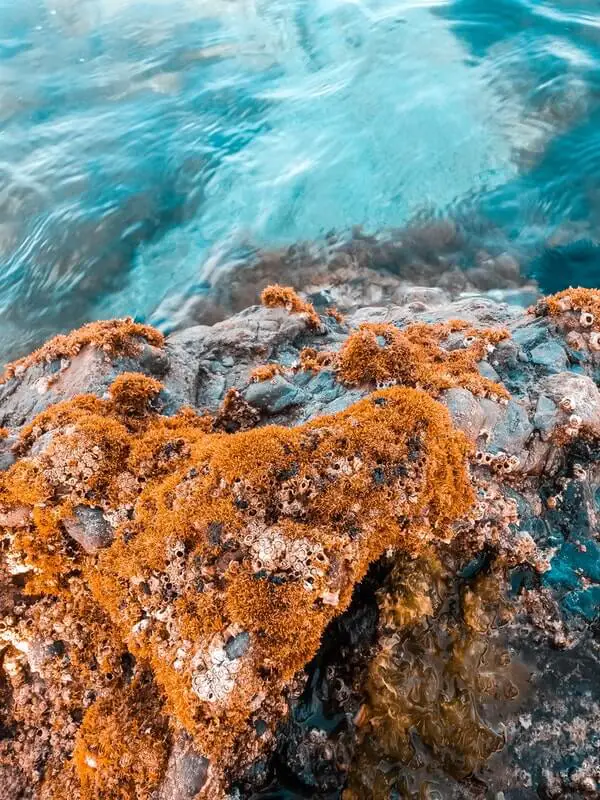
Because the spores of algae are microscopic, they can enter your grow room in the same way as the spores that lead to plant disease. However, in hydroponics, the conditions are perfect for algae growth because they are so similar to plants.
There are a number of growers who say to starve algae of what is feeding it, yet doing this means you will be starving your plants of the goodness they require.
It is more a case of what are the degrees of algae in a system? This will determine the level of plant problems growers face. If you catch algae growth early enough, it won’t be as big a problem, yet the longer it goes on, the more significant factors take place.
First, there is a drop in nutrient levels as the algae use these for their own growth; second, the amount of dissolved oxygen is reduced. From here, you can have plants suffocating, and then there will be the onset of root rot.
Preventing Algae in Hydroponics
Preventing algae can be an ongoing saga, and it will mean keeping your growing area as clean as possible. Algae don’t like dry surfaces, so this is why you only see it around the water line in your system. Commercial algaecides are of little use, and there is no better way of ridding a system than flushing it and giving it a good clean.
It is best to do this when you are changing your batch of nutrients because you will then know your system is as clean as it can be.
To do this, drain your system of liquid. You can then use hydrogen peroxide at a ratio of 3 milliliters per gallon of water. Before topping your system with this solution, check for debris and remove this. Top your system above your regular water line and run this peroxide solution for up to six hours without plants. Drain and rinse then drain again, and wipe down every surface you can reach.
Two ways to slow the growth of algae is to use opaque materials on your system. Light is one thing that algae love as it tries to grow in your tank. The second is to cover any exposed water. This is to slow the algae from entering your system as well as blocking out light.
One other tip is to use a UVC light in your filtration system. These can be costly, yet they can kill microorganisms. A more natural way is to administer up to 10 drops of grapefruit seed extract per gallon of water, these low doses don’t harm plants, yet they are effective at fending off algae.
Hydroponic Plant Problems from Pests
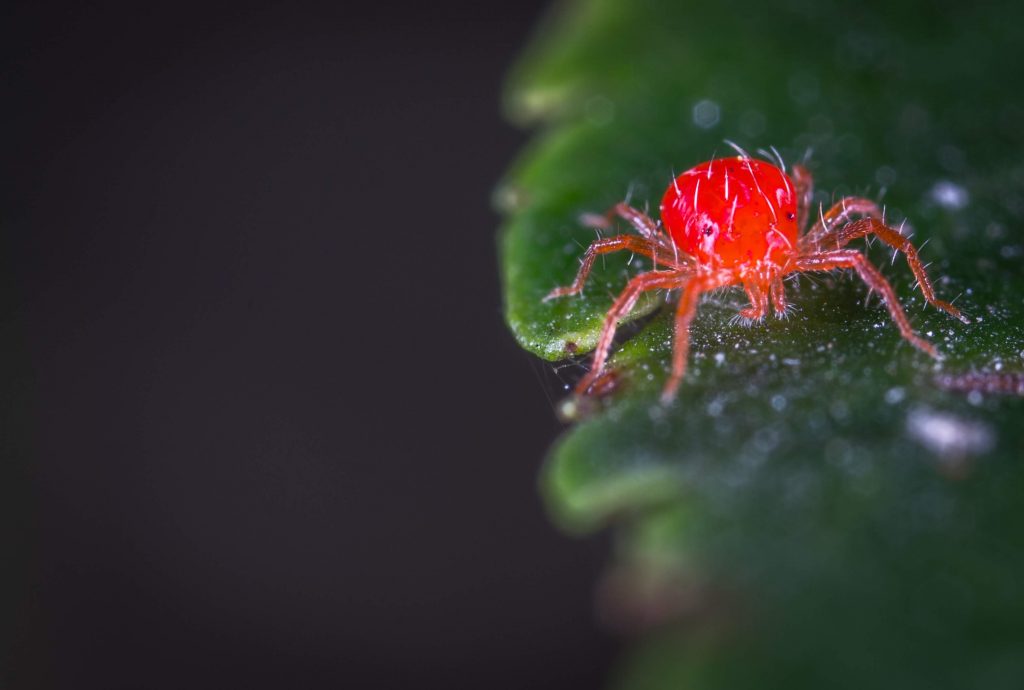
There are many who think that hydroponic gardens are free from pests however this isn’t the case. While they are free from some, it is nearly impossible to keep pests from an environment that is as warm as an indoor growing area.
Plant pests are unfortunately developed to travel between crops even if these are indoors. Growers do need to be vigilant because an infestation of pests can quickly ruin crops before they are aware of the problem.
Here are some of the more common indoor garden pests growers can encounter.
Spider Mites– Spider Mites are probably the most common of all indoor garden pests. Because the mites are so small, you probably won’t notice them until it’s too late. There are two very easy ways that you can spot spider mites. One way is to keep an eye out for a webbing material that kind of looks as if it came from a spider. The second way is to wipe the back of the leaves with a cloth and see if there are any traces of the bugs on it.
Thrips- Thrips are a hard pest to identify, but with a good eye, you will notice small black speck on your plant’s leaves. The leaves will usually turn brown in color and become dried out.
Aphids– Another name for these pests is plant lice. They will be either green or black in color. The aphids will severely weaken your plants by sucking all of the juices out of them. This will cause your leaves to turn yellow and then brown. They are mostly located on the stem.
Whiteflies– They resemble small moths that are all white in color. Their color makes them very easy to find, but they can fly, so they are very hard to catch.
Fungus Gnats- Although the adults of this species aren’t harmful, the larva form can be very deadly for your plants. These pests can slow down the growth of your plants by feeding on the plant’s roots. These appear to be small white worms in the growing media.
Plant Pest Prevention Methods
Although there are many technologies for the prevention of pests, some of the better ones are still the older natural ones. One of the favorites of growers is the compound neem oil. This has been used for centuries but has only been available in the past few years in an easy form for application.
Neem is also a longer-term approach because it is an insect growth regulator. This means it will work better over the long term to break the life cycle of the insects. The one good thing with neem is that as it is a plant extract, it is nontoxic in smaller doses, yet care does need to be taken.
Sticky Traps are another great means of controlling these pests. When you hang sticky traps around the room, you can trap the pests, and this will make it easy to identify them. Blue stick cards are good for catching thrips. Yellow cards attract fungus gnats and whiteflies. It is important that you make sure some cards are at the soil level and the medium level of your plants.
Another natural means of protecting plants against these pests is the introduction of beneficial pests. Outdoor gardeners know all too well about these and they can also work for indoor gardens.
Ladybugs are a prime example, as are lacewings, preying mates while there are also Hypoaspis and Encarsia Formosa, which eat greenhouse whiteflies, fungus gnats, and springtails. The problem with using these in some gardens is that they themselves struggle to survive over long periods.
Nutrient Deficiency Plant Problems in Hydroponics
I often get asked something along the lines of “Why are my hydroponic plants not growing?“.
New growers may think there are many plant problems such as the above, yet the one thing they are delivering to their plants can be one of the major areas where there are plant issues.
Either delivering too many nutrients or not enough can lead to nutrient deficiencies. This can leave gardeners frustrated, as they are not sure what is causing their crops to suffer. Symptoms can be saying one thing while the cause is actually something else.
Nutrient Lockout can come from many areas in a system. Water can be a culprit especially if pH levels are out of the ideal range. It is vital for growers to know the ranges that are suitable for good plant growth and the things that can affect this. Faucet water can have a bearing on pH, as there are many compounds in this water depending on the region you live.
Heat stress can also lead to nutrient deficiencies as can an insufficient amount of lighting.
Growers need to know how to diagnose deficiencies before they can fix the issues. Leaves should be an even color all the way across and they should have a uniform shape. Once leaves begin showing a shape, which is not the same as older foliage, or the colors are patchy then these are the first signs there is a problem.
There are many signs of nutrient deficiency yet most come from the macronutrients because they are the ones plants use the most. To fix and prevent these is not as hard as it appears if they are caught soon enough.
Fixing Nutrient Deficiency Plant Problems in Hydroponics
Two of the main areas growers need to attend to when fixing these issues are the pH levels. It is vital to monitor these levels daily, as it is to measure the EC levels of the solution. This is straightforward with a good digital EC tester, and a pH testing device.
Growers should also understand that just because a plant is showing signs of a nutrient deficiency, it doesn’t mean their solution is lacking this nutrient. Phosphorous levels, which are too high, can block plants from taking up other nutrients.
An iron deficiency can be something as simple as a nutrient solution being colder than the recommended temperature. The range of temperatures for a solution should be around 68 and 72 degrees Fahrenheit. Iron deficiencies can also be caused by a solution, which is rich in manganese. This shows why adding more nutrients isn’t necessarily the best approach.
The best approach for fixing any nutrient deficiency can be to flush the system. It may sound counterproductive to take all the nutrients away from the plants, yet in almost every case, the solution doesn’t lack the nutrients and the deficiency is caused by a secondary factor.
To do this, remove any leaves that are showing large signs of discoloration or are badly damaged. In severe cases, you may need to go back as far as the stem. Removing any leaf matter that may die is vital because if this rots, it allows pathogens to enter the system.
Pots and growing medium should be flushed with pH-balanced water to remove any salt buildup, and then the system should be topped up with fresh water only. At this stage, it should be run for a period of 24-hours before measuring pH and EC levels again.
Once both levels are back in line, you can mix a new batch, yet it is advisable to only use a three-quarter strength of the manufacturer’s dosage. One final addition can be some organic liquid tea as a supplement. This is beneficial to your plants without increasing certain nutrients to the point of causing the lockout.
Conclusion
Growers do have many things to contend with, and in some instances, they may wonder if it is worth having a hydroponic garden because of these problems.
While these can hit at any time, once the right precautions are in place, the actual chances of these problems hitting a garden are dramatically reduced. Growers quickly understand how their systems and gardens work, so they will be taking precautionary measures as a matter of course.
A hydroponic garden is worth the extra effort it takes to control these problems because if it weren’t the number of growers would be declining rather than increasing.

